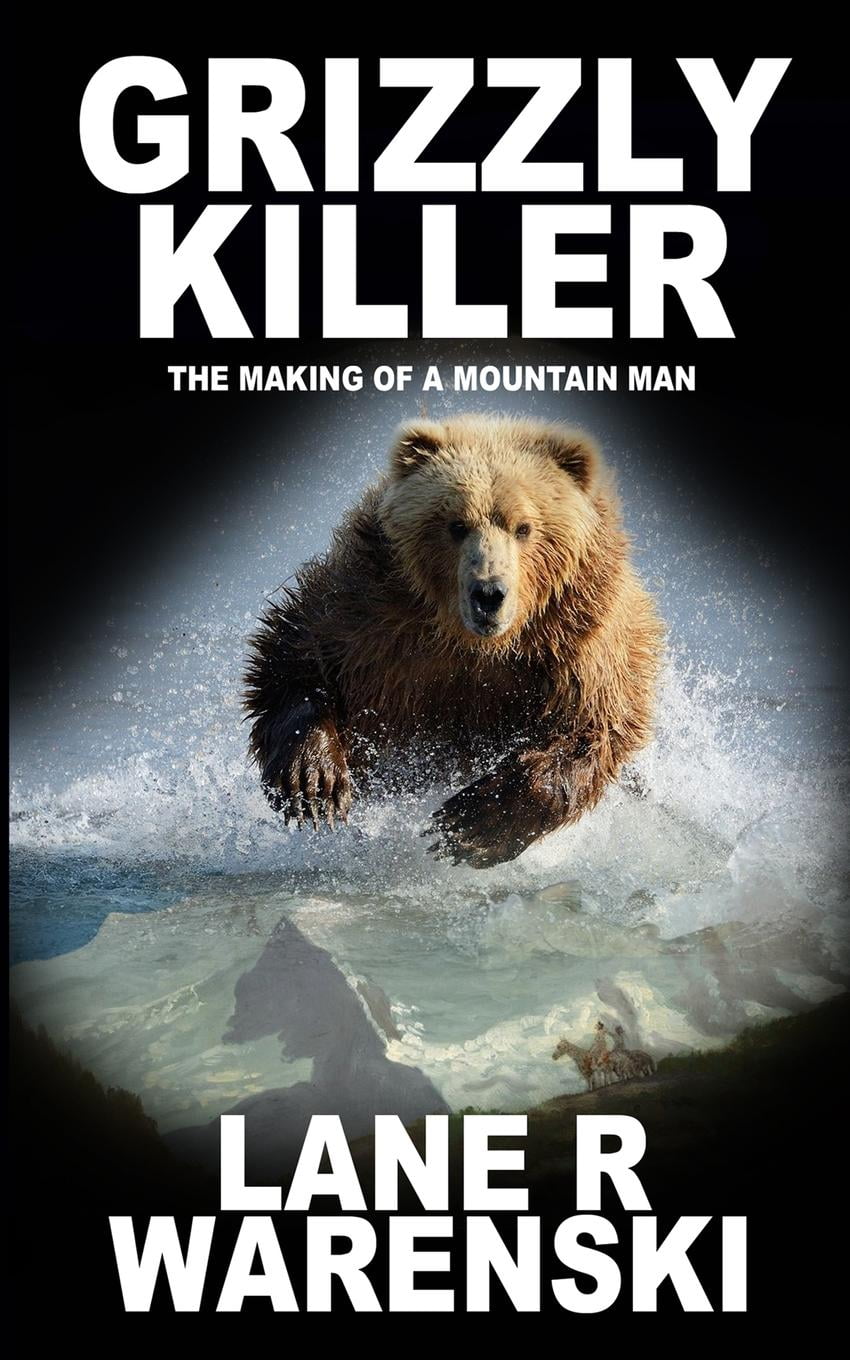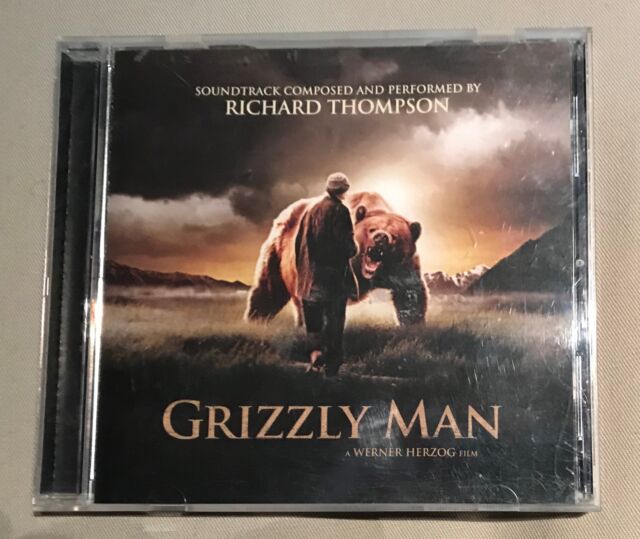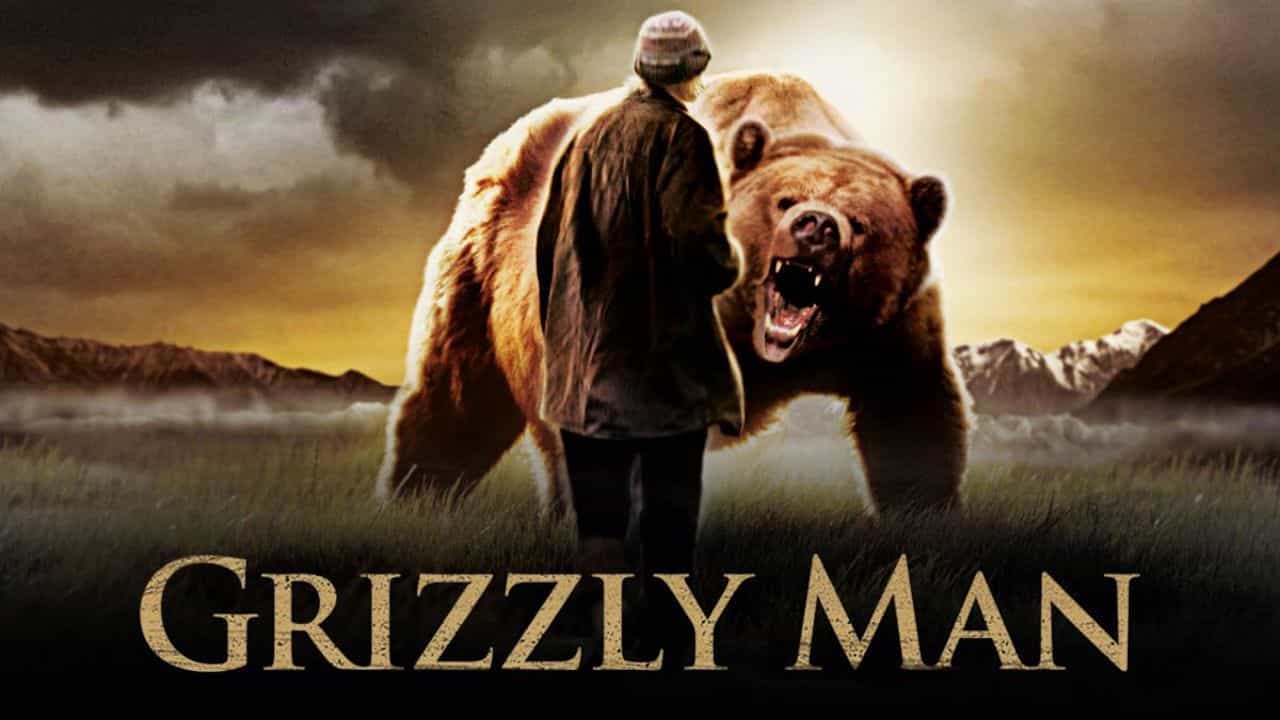

The metabolic rhythm between surfacing in the air and submerging into an unfathomable depth seems to constitute an allegorical game of hide and seek with a narrator who is bound for a breathless chase.

Instead of being an autonomous subject, the whale becomes an eagerly sought-after object of understanding. 782), the vast abundance of ceteological knowledge and narratives that both constitutes the novel’s dusty paratextual library and structures its encyclopedic series of 135 chapters stands in stark contrast to what is said, told and known by the whale itself-which is nothing. Taken from “any book whatsoever, sacred or profane” ( Melville 1983, p. 1164), as Ishmael puts it, marks a curious mismatch: As has been sufficiently stressed, Moby-Dick is steeped in cultural, economic and scientific discourses. This “pyramidical silence” ( Melville 1983, p. Melville’s Leviathan does not step on the stage as the narrator of a novel that, after all, bears his name.

Even though the whale’s fin might cover bones whose structure is similar to that of a human hand, it never held a pen.

Nonhuman animals do a lot of things, a lot of things human animals don’t quite understand. In Moby-Dick, whose legibility both as a novel and as a whale is constantly put into question, Ishmael reminds the reader that the sperm whale has never “written a book, or spoken a speech” ( Melville 1983, p. In the close proximity amongst camera, human, and nonhuman agents, a clear distinction between nature and culture is increasingly blurred. It argues that both Grizzly Man and Encounters at the End of the World develop an aesthetic that depicts nonhuman nature as an autonomous and lively presence. This paper tries to open up a different view. Although the depiction of animals and landscapes has always played a significant part in Herzog’s films, critical assessments of his work-including those of Herzog himself-tended to view the role of nature imagery as purely allegorical: it expresses the inner nature, the inner landscapes of the film’s human protagonists. Literary animal studies are confronted with a systematic question: How can writing, as a human-made sign system, represent the nonhuman animal as an autonomous agent without falling back into the pitfalls of anthropomorphism? Against the backdrop of this problem, this paper asks how the medium of film allows for a different representation of the animal and analyzes two of Werner Herzog’s later documentary films.


 0 kommentar(er)
0 kommentar(er)
